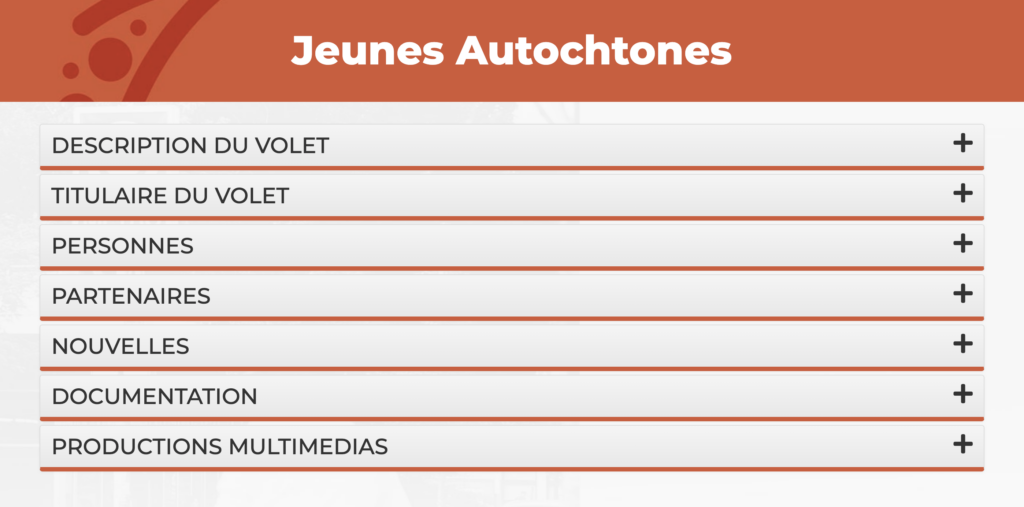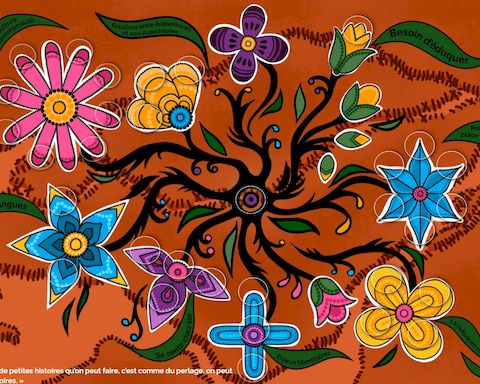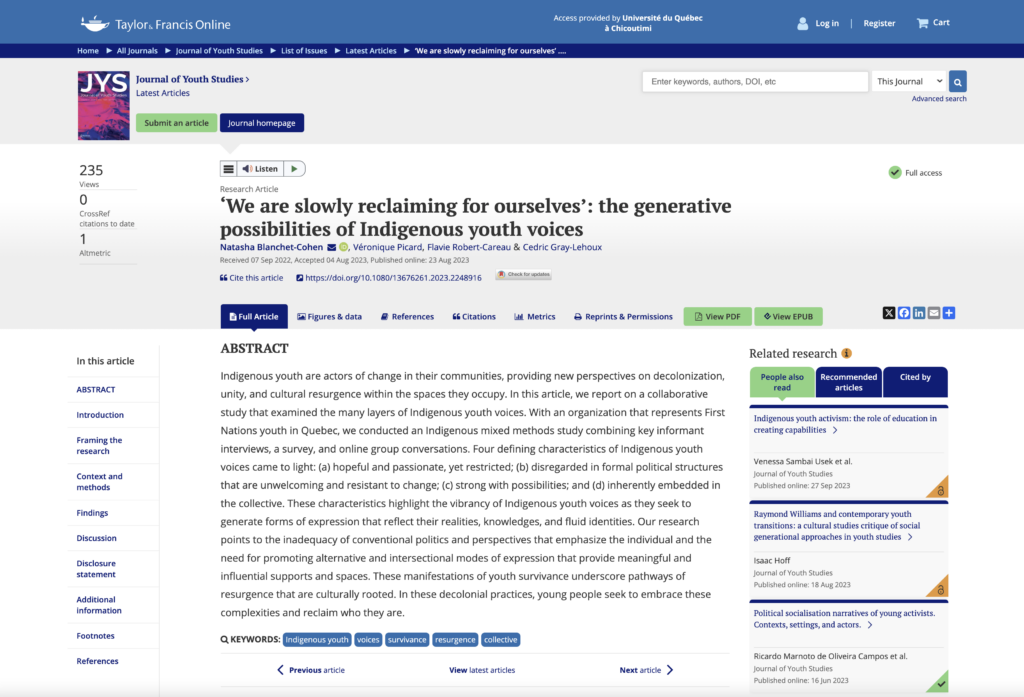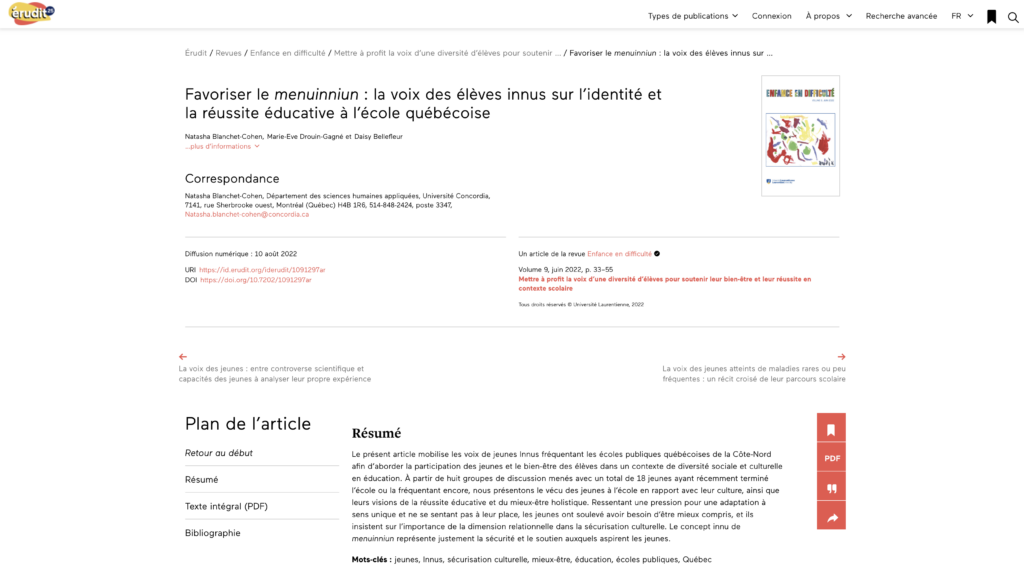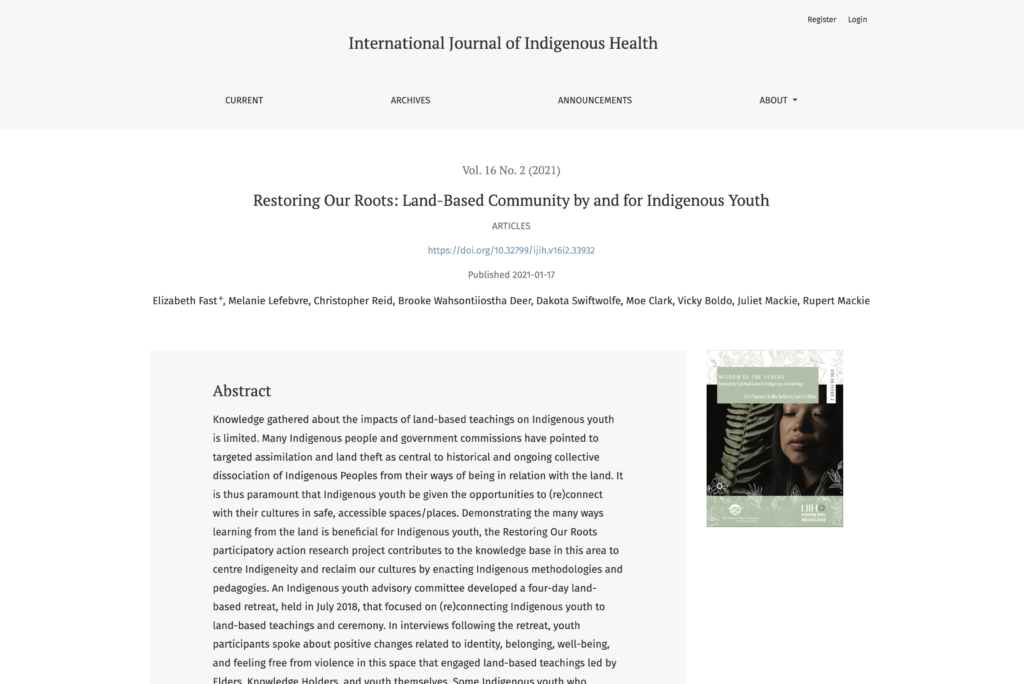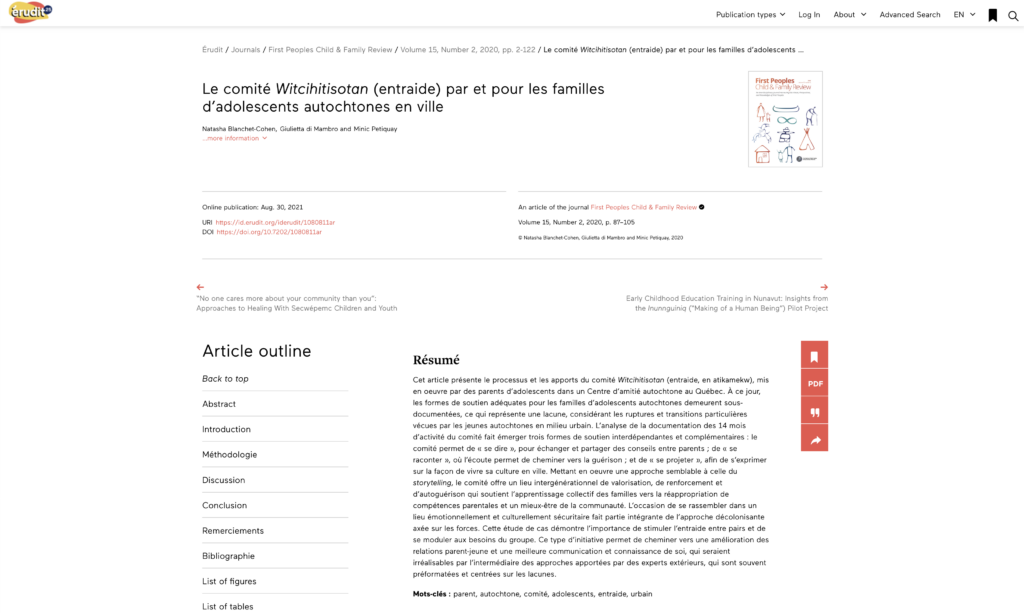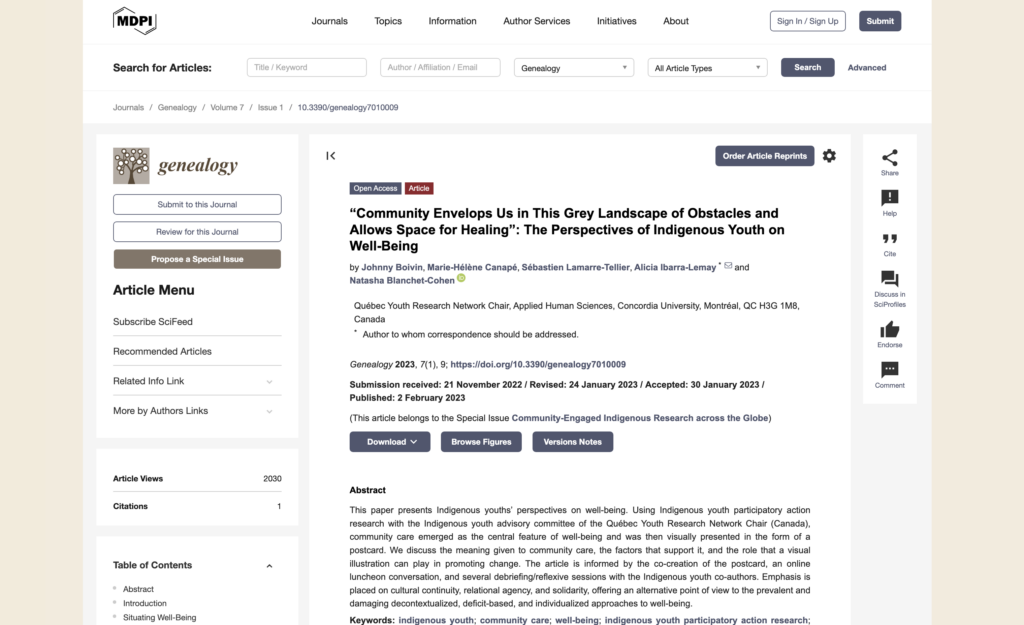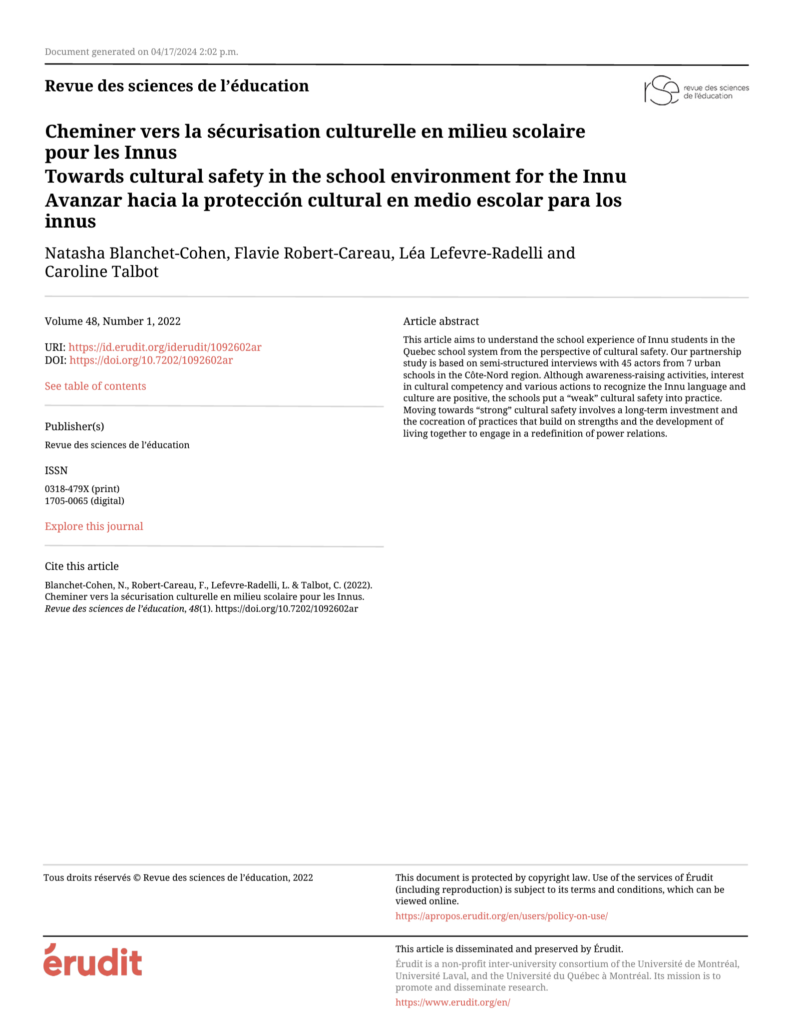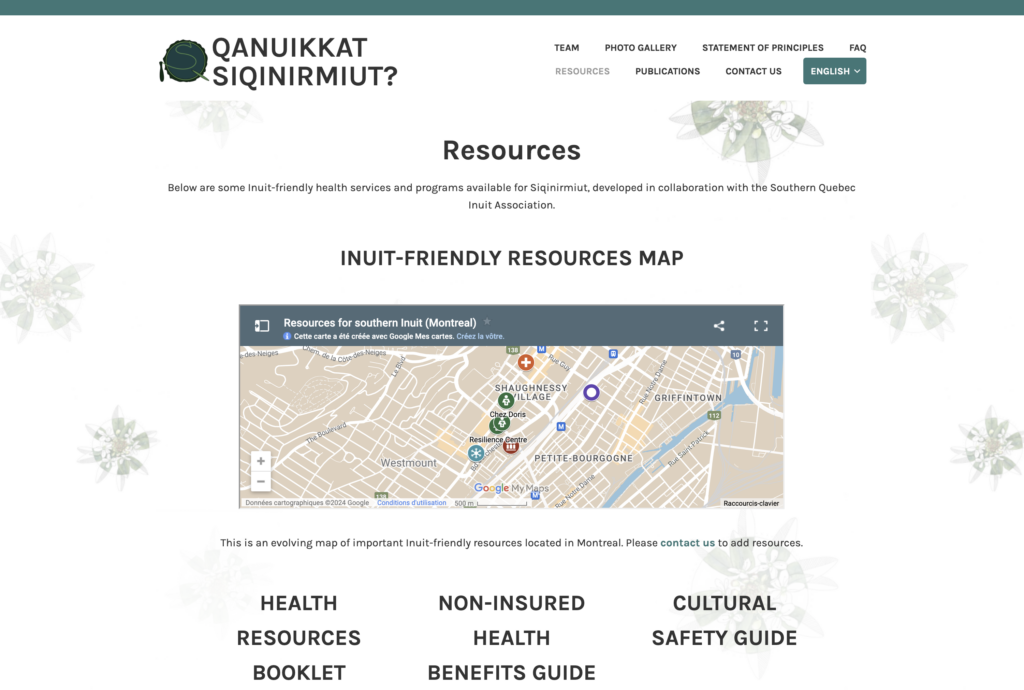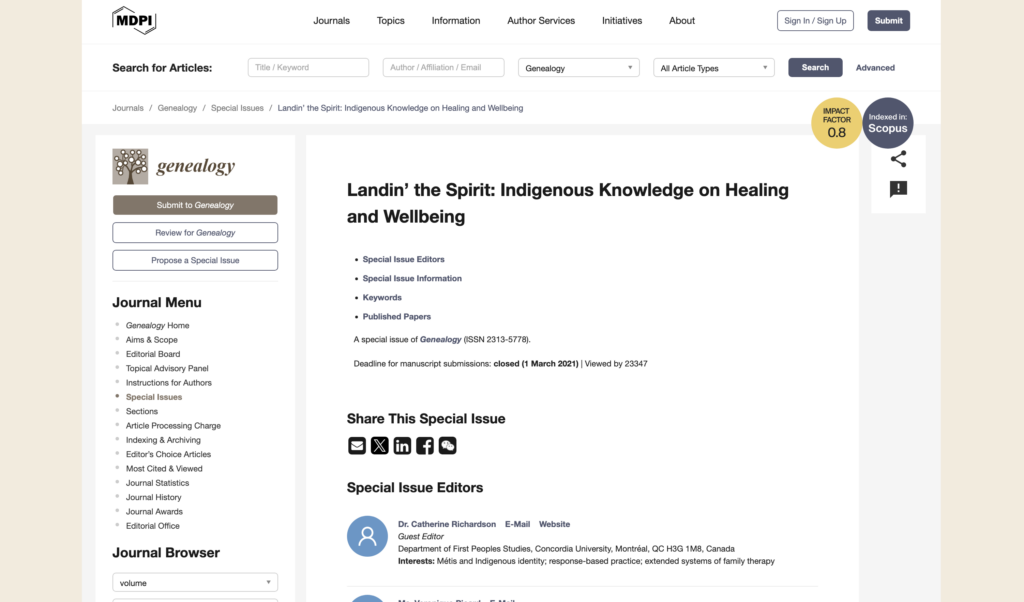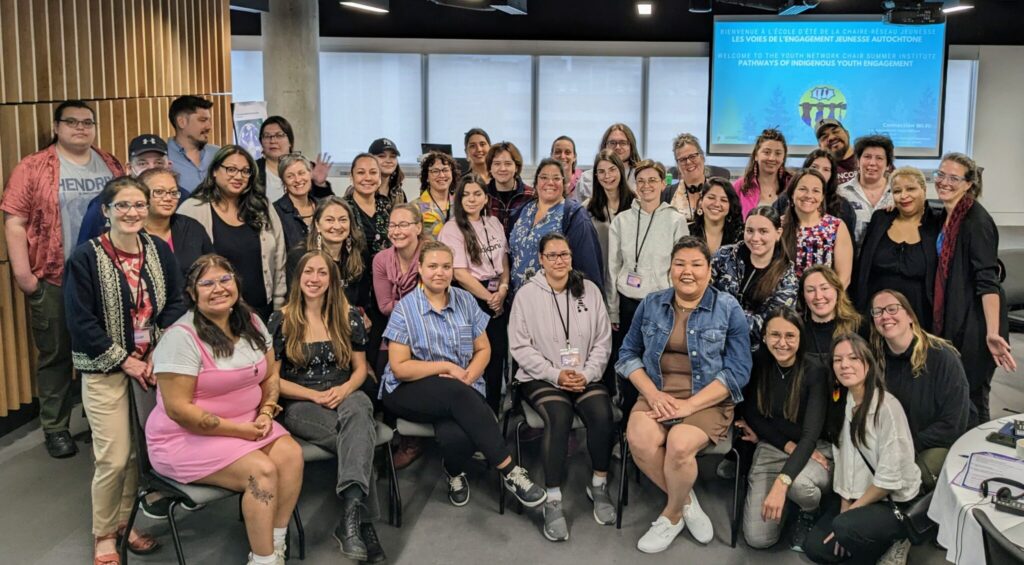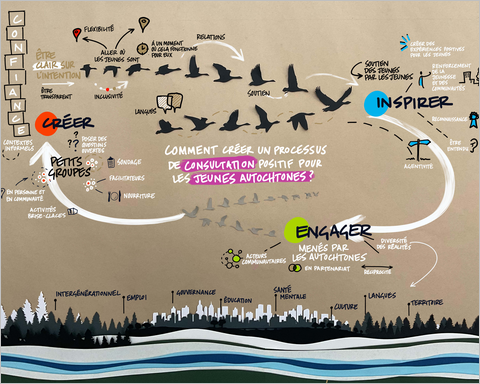Notice bibliographique
Dufour, M., Brunelle, N., Khazaal, Y., Tremblay, J., Leclerc, D., Cousineau, M.-M., et al. (2017). Gender difference in online activities that determine problematic internet use. Journal de Thérapie Comportementale et Cognitive, 27(3), 90-98.
Résumé
The concept of Problematic Internet Use (PIU) continues to raise many questions. While some researchers are interested in all activities on the Internet, others focus on one or two forms of activities when it comes to PIU assessment. Before ruling out the importance of specific activities, it is necessary to assess the contribution of each activity to the concept of PIU for both genders. This paper has two goals: to compare online activities that contribute to Internet Addiction Test (IAT) total score for each gender, and to compare according to gender, online activities that contribute to classify adolescents into PIU categories; at-risk and problematic internet user. The study was conducted in Canada among a sample of 3,938 adolescents. Multiple linear regressions indicate that for boys, social media, YouTube, blogs, massively multiplayer online game (MMO) and online gaming all contributed to IAT total score. For girls, social media, YouTube, blogs and downloading music or films all contributed to IAT total score. Logistic regressions indicated that boys who play MMO and read blogs are more likely to be in the PIU category, while for girls, use of social media and blogs increases the potential to be categorized as such. The results also demonstrate the importance of broadening the spectrum of assessment to all Internet applications, rather than focusing only on participation in online gaming.
Hyperlien
https://doi.org/10.1016/j.jtcc.2017.05.002Publication du membre
Natacha BrunelleAppartenance aux volets










